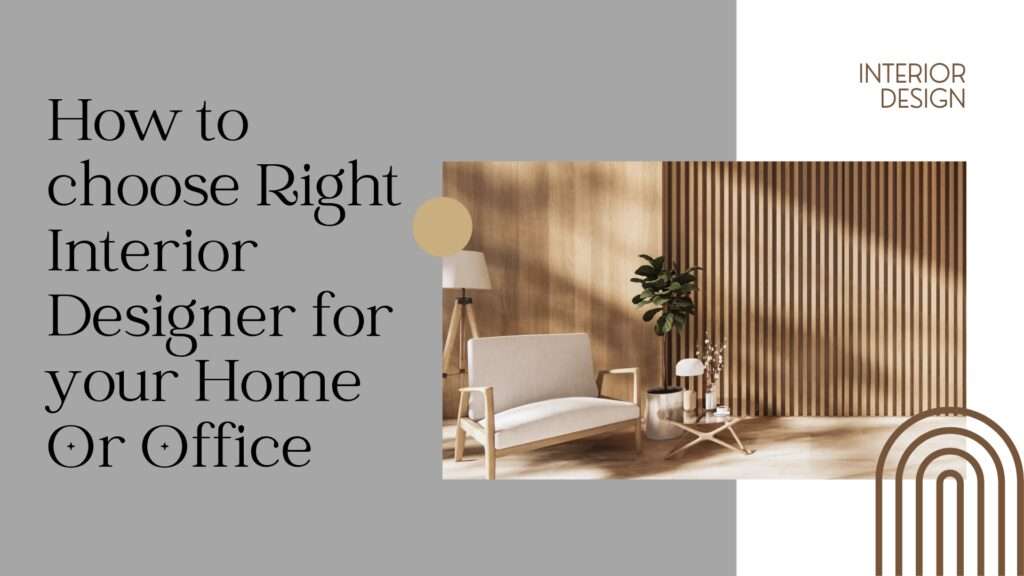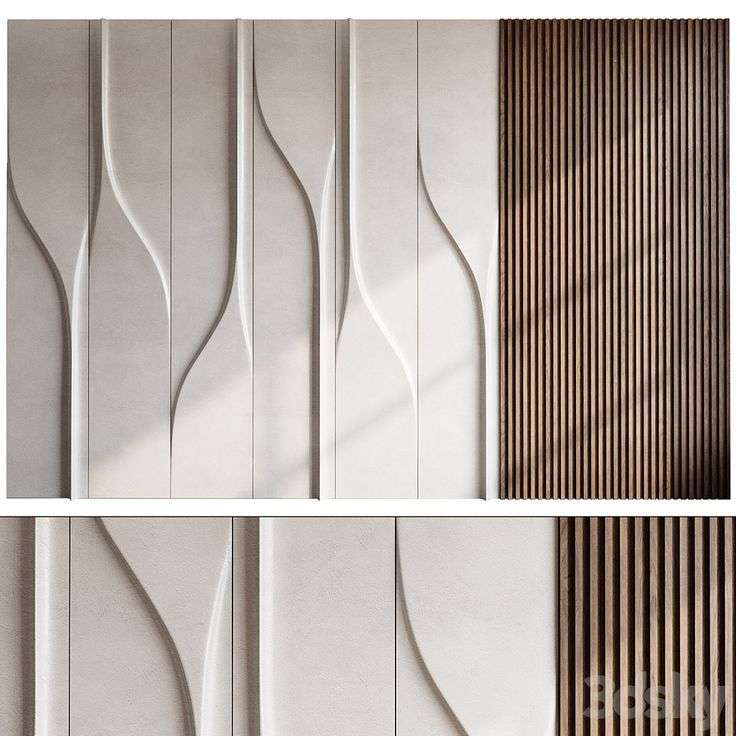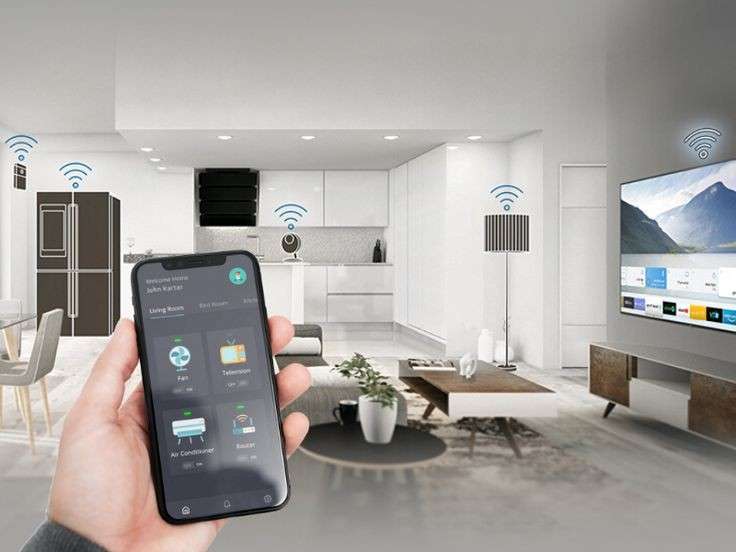Choosing the right interior designer for your home or office is an important decision that can have a significant impact on the overall look, feel, and functionality of your space. Whether you’re renovating a single room or doing a full-scale remodel, selecting a designer who understands your vision, needs, and budget is crucial. Here’s a step-by-step guide to help you make the right choice.

1. Understand Your Design Needs
Before you start looking for an interior designer, take some time to evaluate your specific needs and goals. Are you redesigning a single room, or are you looking for a complete home or office makeover? Are you aiming for a modern, minimalist style or a more classic, traditional look? Understanding your design goals will help you find a designer whose expertise aligns with your vision.
- Determine the size of the project. Are you looking for someone to help with a small office redesign, or do you need assistance with a large-scale home renovation?
- Clarify the type of design you prefer, such as contemporary, industrial, rustic, or eclectic.
- Know your budget range upfront. An interior designer can work within different budgets, but it’s essential to set expectations accordingly.
2. Look for Relevant Experience
Experience matters when choosing an interior designer. You want someone who has worked on projects similar to yours and is familiar with the challenges your space might present.
- Some interior designers specialize in residential design, while others focus on commercial or office spaces. If you’re redesigning an office, find a designer with experience in commercial spaces. Similarly, if you’re working on a home, look for designers who have handled residential projects.
- A designer’s portfolio is one of the best ways to assess their style and expertise. Review their previous projects to see if their design sensibility resonates with your vision. Look for variety in their work and check if they have successfully handled spaces similar to yours.
3. Consider Their Design Process
Each designer has their own approach to how they work with clients. It’s important to choose one whose process aligns with your expectations and preferences.
- Most interior designers offer a free consultation where they can discuss your ideas, goals, and budget. This is a good opportunity to gauge how well they understand your vision and if you feel comfortable with them.
- Find out how much involvement you’ll have in the design process. Some designers prefer to take the lead while others are more collaborative. Make sure their approach aligns with your level of involvement.
- Ask about their typical project timelines. How long do they estimate it will take to complete your project? Having a clear timeline helps ensure that both parties are on the same page regarding expectations.
4. Check References and Reviews
Checking references and reading reviews from previous clients can provide valuable insight into how a designer works and whether they meet client expectations.
- Ask the designer for client references, especially from projects similar to yours. Speak to their past clients to get feedback on the designer’s professionalism, communication, and ability to meet deadlines.
- Look for online reviews on platforms like Google, Yelp, or Houzz. Reviews can give you an honest view of the designer’s strengths and weaknesses, helping you make an informed decision.
5. Review Their Communication and Listening Skills
Communication is key when working with an interior designer. They need to listen carefully to your ideas and provide feedback while keeping your preferences in mind. During the consultation process, pay attention to how they communicate.
- Does the designer ask questions and listen to your needs, or do they focus mainly on their own ideas? A good designer will take the time to understand your vision and work to bring it to life.
- Ensure that the designer communicates clearly about costs, timelines, and expectations. Transparent communication is vital to avoid misunderstandings later on.
- Pay attention to how quickly they respond to emails, phone calls, or messages. A designer who is prompt in their communication is likely to be organized and professional throughout the project.
6. Assess Their Budget Management Skills
A skilled interior designer should be able to work within your budget while still delivering a high-quality design. Discuss your budget upfront to see if the designer can work within your financial constraints and still achieve the desired result.
- Ask for an estimated cost breakdown of the project. A good designer will provide a detailed estimate, including costs for materials, labor, and design fees.
- Be clear about your maximum budget, but also ask if there’s room to make adjustments or prioritize certain elements. An experienced designer will be able to make suggestions for achieving your design goals within your financial limits.
- Ensure that the designer is upfront about all potential costs, including any additional fees for changes, travel, or unexpected complications. Transparency in pricing helps you avoid unpleasant surprises.
7. Ensure Compatibility of Vision and Style
It’s essential that the designer’s style and vision align with yours. While an interior designer may bring new ideas to the table, their overall design sensibility should resonate with you.
- Does the designer’s portfolio showcase a style you’re drawn to? It’s okay for the designer to offer suggestions outside of your comfort zone, but their overall approach should complement your vision.
- Look for a designer who can bring creative solutions to your space while respecting your preferences and needs. If a designer is too rigid in their ideas or unwilling to listen to your feedback, it may not be the best fit.
8. Assess Their Attention to Detail
Luxury design often comes down to the details, and a great interior designer knows how to focus on every small element. When reviewing potential designers, consider their attention to detail.
- A well-designed space takes into account furniture layout, flow, lighting, and functionality. Ensure the designer has a strong understanding of how to create a functional yet visually pleasing space.
- Good designers often offer customized solutions rather than relying on one-size-fits-all furniture. Check if they’re open to personalizing elements such as furniture, lighting, and décor to fit your needs.
9. Look for a Designer Who Offers Value, Not Just Cost
The right designer is one who brings value to the project—not necessarily the one who offers the cheapest price. A well-qualified designer will offer excellent design, quality materials, and effective project management, which will ultimately save you time and money in the long run.
- Consider the designer’s ability to create a timeless design that will hold up over time. A space that works well and looks great will save you money on future updates.
- A designer who provides value will also be professional, reliable, and committed to delivering high-quality work.
10. Trust Your Instincts
Finally, trust your gut. You should feel comfortable working with the designer and confident that they understand your vision. If you feel that the designer’s ideas align with your preferences and they show a willingness to collaborate, you’ve found the right person.



